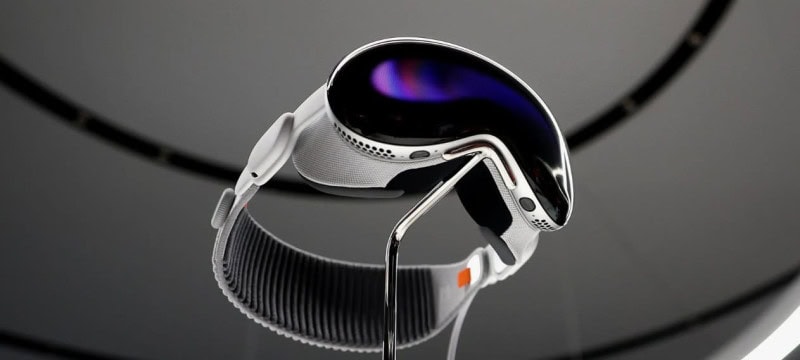Apple’s new Vision Pro mixed-reality headset has garnered mainly positive reviews, but its hefty price has many questioning if it will sell.
The Vision Pro, which was shown last week at Apple’s annual Worldwide Developers Conference, is the company’s first new product category since the Apple Watch debuted in 2015. It costs $3,500, which is more than three times the price of Meta’s top-of-the-line Quest Pro, which costs $999.
However, much as Meta offers the more basic Quest 3 headset for $499, Apple is expected to release a less expensive version of the Vision Pro.
According to Mark Gurman, a reliable Apple leaker, the company is “already working on a cheaper model to get the new product category onto the faces of more people,” with the headset possibly dubbed Apple Vision or Apple Vision One.
Also Read: Apple introduces a ground-breaking capability enabling users to identify mental health issues.
The company is “currently planning a release of the cheaper model for as early as the end of 2025, meaning it won’t debut for about two years after the original Vision Pro,” Gurman wrote in his weekly Bloomberg blog on Sunday.
Elements of the Vision Pro will have to be toned down or eliminated in order to minimise the product’s price. Gurman, for example, speculates that Apple may install displays of lower quality than those seen in the Pro. It might possibly employ an iPhone-grade chip or an older Mac chip, and use fewer cameras, lowering its performance capabilities in comparison to the premium variant.
According to Gurman, Apple may also adopt a simpler headband design and use AirPods for spatial audio instead of the speakers incorporated into the Vision Pro.
Other adjustments could include switching from an automatic to a physical adjuster for interpupillary distance (the distance between the centres of your eyes) and possibly removing features like the 3D camera.
However, Gurman believes that the device will keep the external EyeSight screen, which displays the wearer’s eyes, as well as the eye- and hand-tracking technology, which eliminates the need for hand controls.
“I’d imagine Apple could knock several hundred dollars off the price with a more refined production process, economies of scale, and a cheaper frame,” Gurman forecasts.
If that is right, the device will still be expensive, prompting some buyers interested in experiencing AR/VR to seek other solutions.
Want to know how the Vision Pro compares to Meta’s Quest Pro? Digital Trends has your back.





